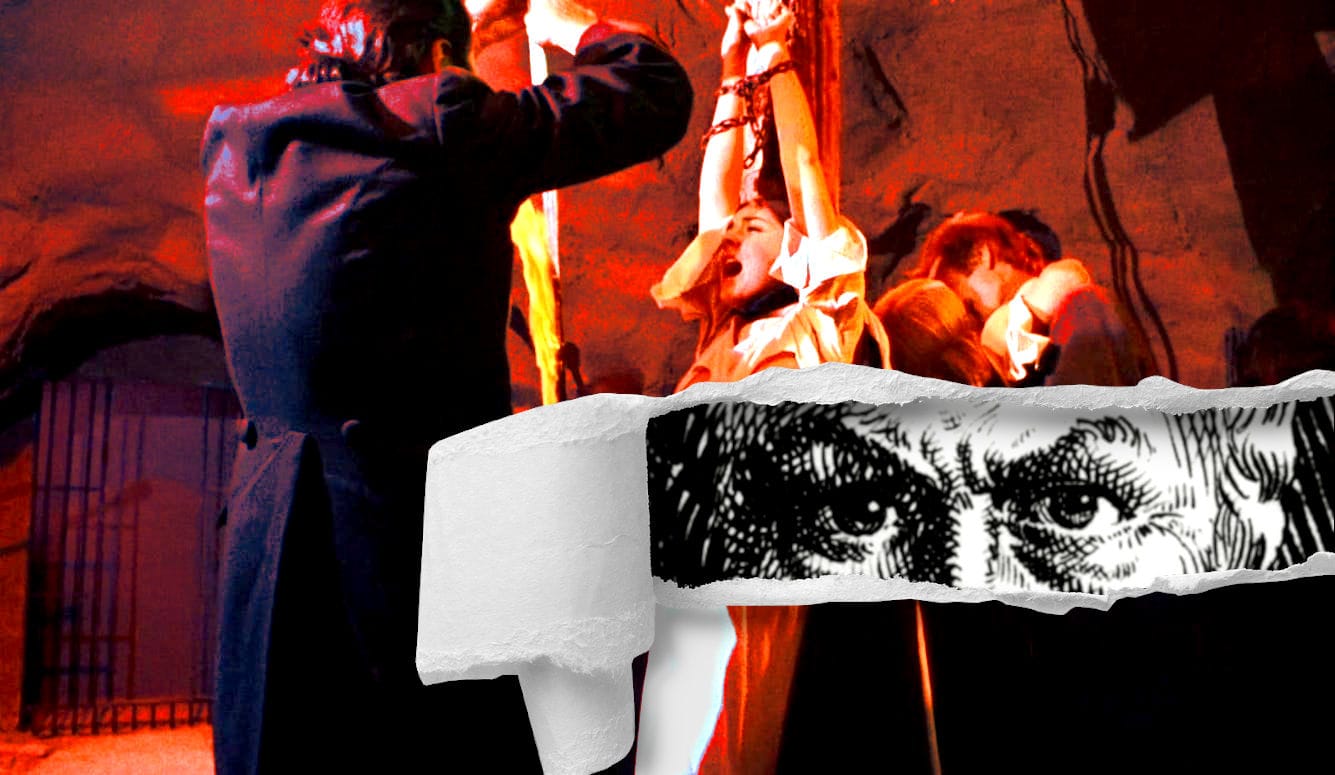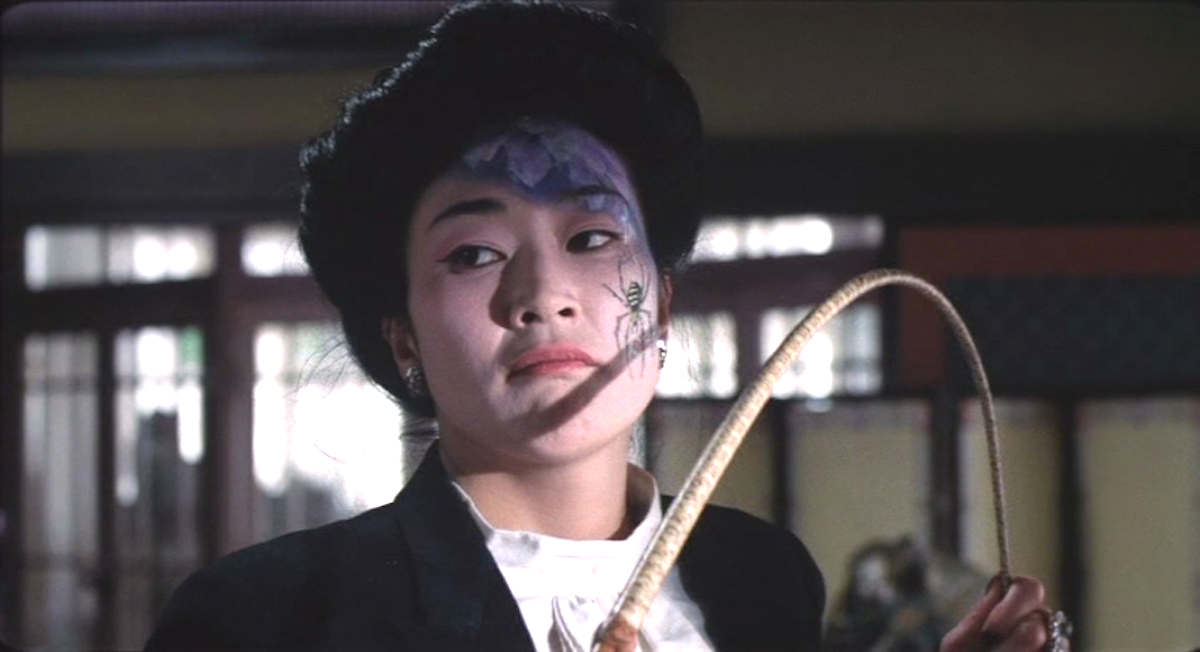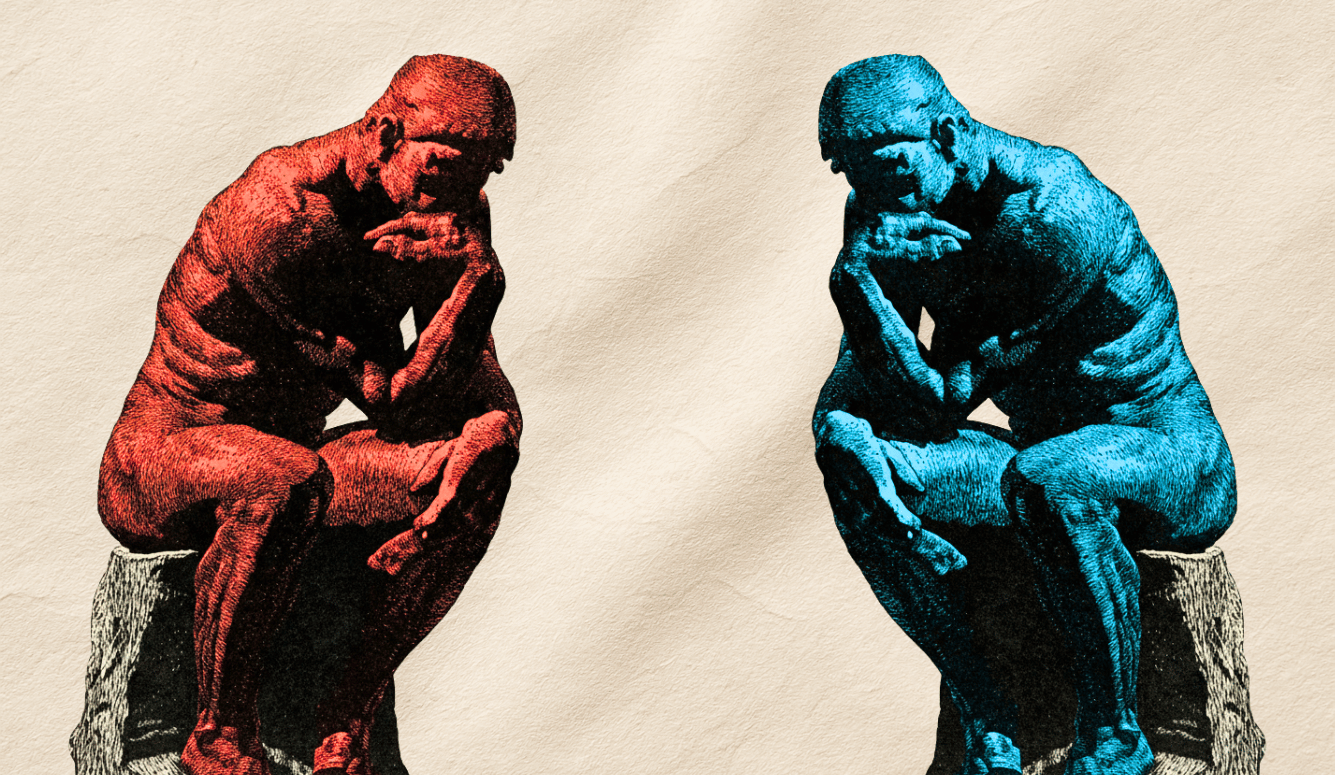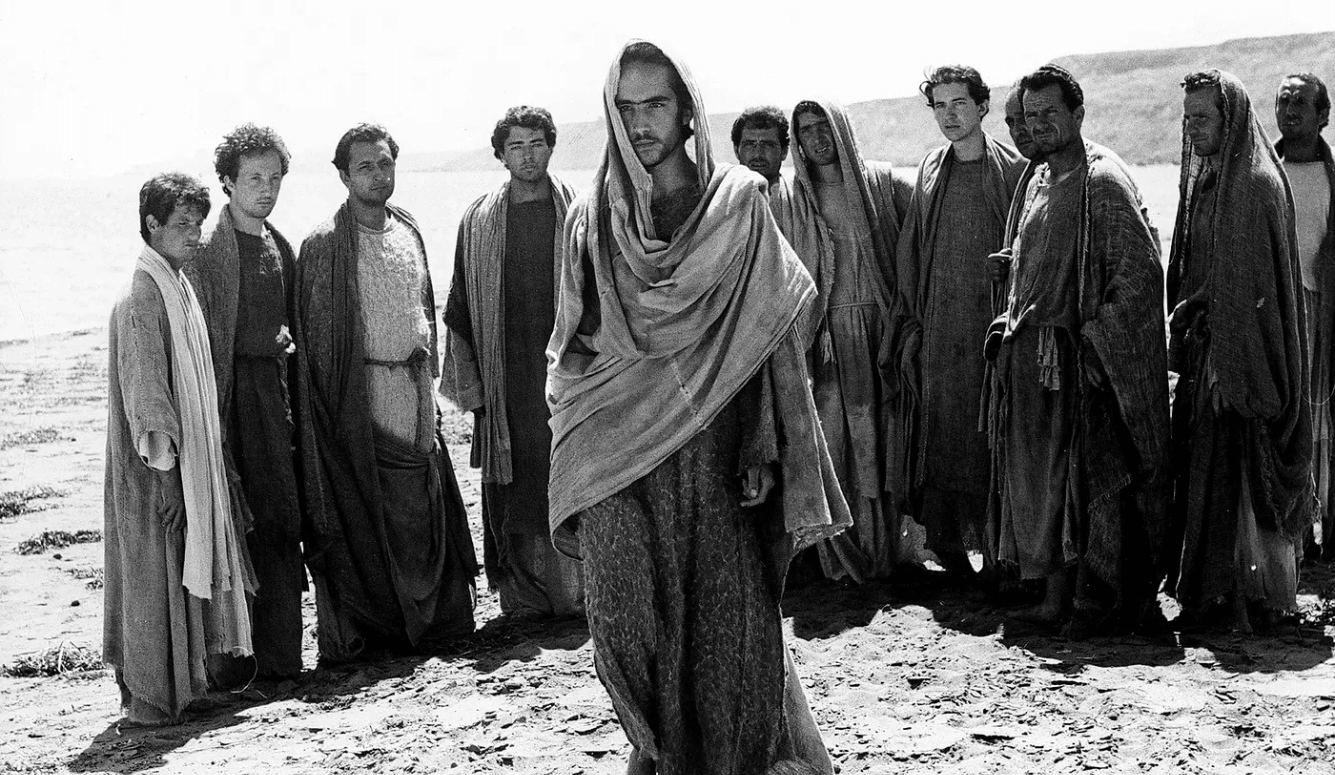
Architect of Power
I did not choose the Marquis de Sade, he was just always there—an omnipresent name uttered with a strange mix of disdain and allure. As the daughter of a Japanese surrealist father, I lived with Sade just as I lived with the words of Bataille, Huysmans, Baudelaire, and the silent torments of the Edo period’s forbidden woodblock prints, bound in ropes, blades, and longing. Japan knows how to bind violence and elegance. The codes of shibari did not have to be explained to me—they were always discreetly present, like the tobacco smoke silently curling from my father’s pipe.
In Japan, cross-dressers are not transgressors, they are a part of our tradition. Ultraviolent erotica coexists with schoolgirl etiquette. And in our national curriculum, middle-school students read the story of a chaste but tender love affair between a young girl and an apprentice monk, cut short by the girl’s first period and her entry into the brothel where her sister works as a courtesan. Written by a woman whose portrait adorns our currency, that novella is a rite of passage. There is no outrage, just poetry.
In such a culture, I was not taught to be shocked, I learned to appreciate. I was a cultural voyeur, and Sade was my companion—not a mentor exactly, nor even quite a villain, but closer to a persistent but oddly interesting uncle, the kind with whom one debates endlessly in one’s head. I didn’t endure Sade; I needed him and I have never stopped arguing with him. His unflinching prose challenged me because he didn’t moralise (at least, not in any conventional sense), and because he offered no refuge from the horrors he displayed. I found something in his theatre of cruelty that no other writer had dared to stage: the eroticism of destruction and domination dressed as truth. And so I stayed—wary and vigilant but fascinated.

Sade remains a deeply divisive figure. He has been vilified by liberals and radical feminists alike. The French novelist Marguerite Yourcenar could find nothing in his work but the exaltation of violence and the desecration of reason, while French philosopher Michel Onfray dismissed him as a “sexual delinquent” and criminal. And yet, Sade has also been defended—often passionately—by writers like Simone de Beauvoir, Angela Carter, Yukio Mishima, Tatsuhiko Shibusawa, Michel Foucault, and Camille Paglia, who found in him a necessary provocateur, a mirror held up before the hypocrisies of civilisation, and even a radical philosopher of liberty.
My interest in Sade is rather different. I am captivated by a peculiar paradox at the heart of his work, and by the strange theatricality with which that paradox is staged and explored. Sade’s paradox holds that the most enduring forms of domination do not arrive as coercion, but as seduction. Not the seduction of pleasure, but a seduction of disintegration. Sade does not kick down the door of resistance; he whispers it open in increments, point by point, argument by argument, until surrender feels like choice. Sade’s scenes of cruelty have been debated for centuries, but I am interested in the rhetorical structure supporting them.
In Sade, submission is recast as transformation, guilt is relocated in the object of violation, and beauty is made complicit in this shift. It is not obedience that matters, it is affection for the person demanding it. Pleasure is not just found in the exercise of power, but also in the very process of corruption—watching virtue unravel and innocence weaken until it collapses of its own accord. This fantasy requires the blood of innocents, not merely as victims, but as witnesses and mirrors. And that is the richer obscenity—not that harm is inflicted, but that it is made to be feared, experienced, and finally desired. Once that threshold is crossed, there is no need for chains. The surrender becomes self-sustaining.

The theatricality in Sade results from his understanding that cruelty, when staged with elegance, commands attention. And part of what makes his work so strange is that it stages the unseeable, not merely to expose it, but to frame and choreograph it as ceremony. And so, as Sade’s curious niece, I will re-examine his four major works in turn. These are not novels in the usual sense; they are architectures of power, each of which stages a different facet of the author’s seduction: the rhetorical, the moral, the political, and the bureaucratic. Cruelty, in Sade’s world, is not chaos—it is composition. And pain is not rupture, it is ritual: a theatre of grotesque pleasure conducted through fear, framed in silence, and adorned with blood.





